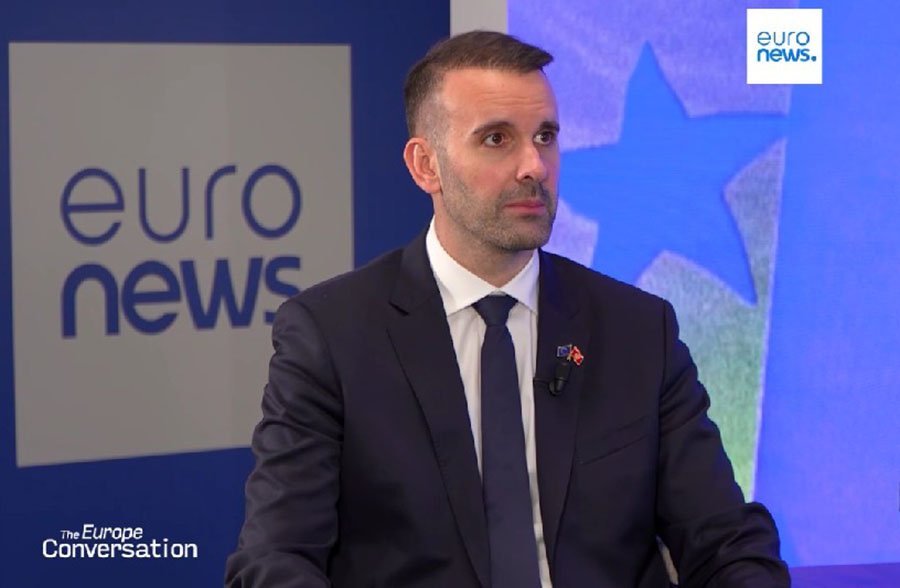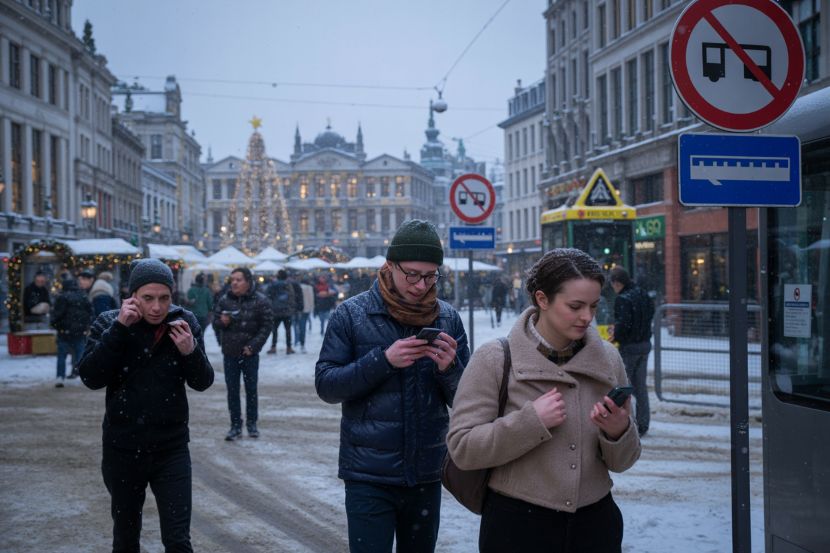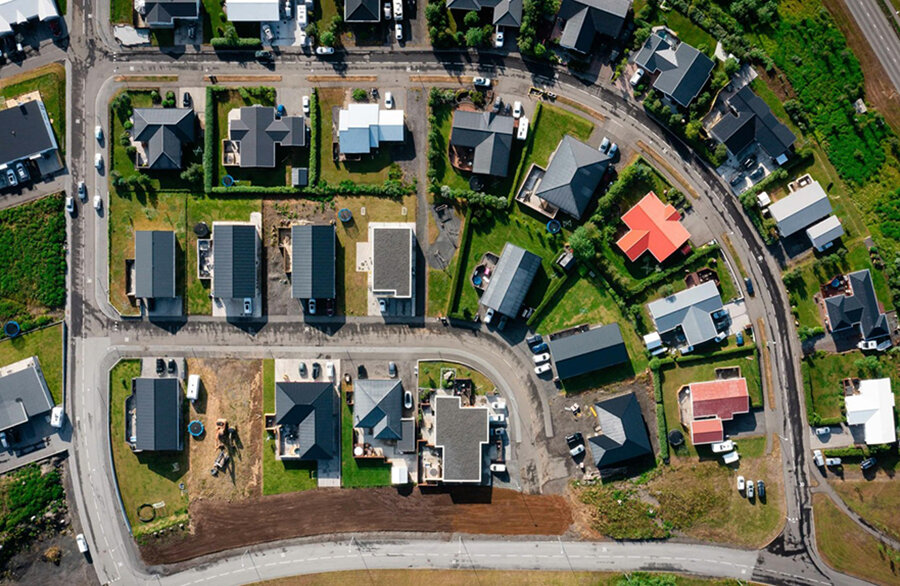читайте также
 Thousands of Passengers Grounded Across Europe as Airlines Face 65 Cancellations and 1,824 Delays
Thousands of Passengers Grounded Across Europe as Airlines Face 65 Cancellations and 1,824 Delays
 UK Braces for Major Snowstorm: Heavy Snow and Freezing Temperatures Disrupt Travel Nationwide
UK Braces for Major Snowstorm: Heavy Snow and Freezing Temperatures Disrupt Travel Nationwide
 Where to Travel for Christmas 2025: From Jerusalem and Germany to Wintertime Georgia
Where to Travel for Christmas 2025: From Jerusalem and Germany to Wintertime Georgia
 Montenegro’s Prime Minister vows to introduce visa restrictions for Russians
Montenegro’s Prime Minister vows to introduce visa restrictions for Russians
 New Rules for Temporary and Permanent Residence in Armenia: What Will Change in 2026
New Rules for Temporary and Permanent Residence in Armenia: What Will Change in 2026
 Thousands of Hotel Rooms Remain Empty Across the UK This Christmas — Despite Record Demand
Thousands of Hotel Rooms Remain Empty Across the UK This Christmas — Despite Record Demand
In Iceland, Approximately 10,000 Apartments Remain Vacant

According to the Housing and Construction Authority (HMS), around 10,000 apartments in Iceland are currently vacant, accounting for 6.5% of the total housing stock. In Reykjavík alone, approximately 2,500 apartments are unoccupied, representing 4.5% of the city's total housing units.
The highest percentage of vacant housing is recorded in Múlasýsla, Skagafjörður, Ísafjörður, and Borgarbyggð, where the rate reaches 15-20%. In Akureyri, this figure is slightly above 10%. Rural areas generally have a higher proportion of vacant apartments, whereas the southwest region, excluding Grindavík, has relatively low vacancy rates. Reykjanesbær has the lowest vacancy rate in Iceland at less than 0.5%, followed by Mosfellsbær (1%), Hafnarfjörður (2%), and Kópavogur (3%).
Meanwhile, the shortage of affordable apartments in the capital region remains a pressing issue, especially as housing prices continue to rise. As of summer 2024, apartments priced below 60 million ISK ($429,000) accounted for less than 15% of total listings. By early February 2024, the Icelandic real estate market had 3,974 apartments available for sale, with 2,362 units located in the capital region—350 more than in the same period of 2023. Around 60% of all apartments for sale were in the capital region, with 1,357 units priced between 60 and 100 million ISK ($429,000–$714,000). Only 12% (293 units) were available at a lower price, limiting options for potential buyers.
Real Estate Market Trends
HMS analysts reported that by fall 2024, the Icelandic housing market remained tight, with the number of real estate transactions declining for three consecutive months. In November 2024, fewer than 900 sales were registered. Additionally, fewer apartments were sold above the asking price compared to the high-demand summer period.
Despite the slowdown, 15.5% of apartments in November were still sold above the listed price. In the capital region, this figure reached 17%, while in suburban and rural areas, it was around 12%. This is historically high—in 2019, when housing supply was similar to current levels, only 10% of properties were sold above the asking price.
The highest percentage of above-list price sales was recorded in Reykjavík (over 22%). In Kópavogur, Garðabær, and Hafnarfjörður, the share ranged between 15-18%. Older apartments were more likely to sell above the asking price than new developments. From January to November 2024, 19% of second-hand apartments in the capital region were sold above the listed price, compared to 13% of new-build properties. Most new apartments were sold at their listed price, while older properties saw greater price flexibility—two-thirds of used apartments in 2024 were sold below the initial asking price.
Based on November transaction data, the highest average price per square meter was recorded in the capital region at 808,000 ISK ($5,771). The Southern Region ranked second at 620,000 ISK ($4,429) per square meter. Prices in Suðurnes, West Iceland, and Northeast Iceland were approximately one-third lower than in the capital, while in East, Northwest Iceland, and the Westfjords, property prices were around 50% lower than in Reykjavík.
Developer Bankruptcies and Market Outlook
The Housing and Construction Authority (HMS) also reported that 228 developers went bankrupt in 2024, a 25% decrease compared to 302 bankruptcies in 2023. However, the number of new registrations in the construction sector fell by 81 projects.
According to the OECD forecast, Iceland’s economy is projected to grow by 2.3% in 2025 and 2.8% in 2026. Private consumption is expected to rise due to higher real wages, and business investment is predicted to increase as confidence improves, interest rates decline, and overall financial conditions stabilize.
Real estate investment is expected to remain high, reflecting continued demand. However, affordability concerns persist. According to Numbeo, Iceland’s average rental yield barely exceeds 6%. In Reykjavík, the rental yield is 6% in the city center and 6.32% in surrounding areas.
While Iceland’s housing market remains competitive, rising prices and affordability challenges continue to shape real estate trends in the country.





